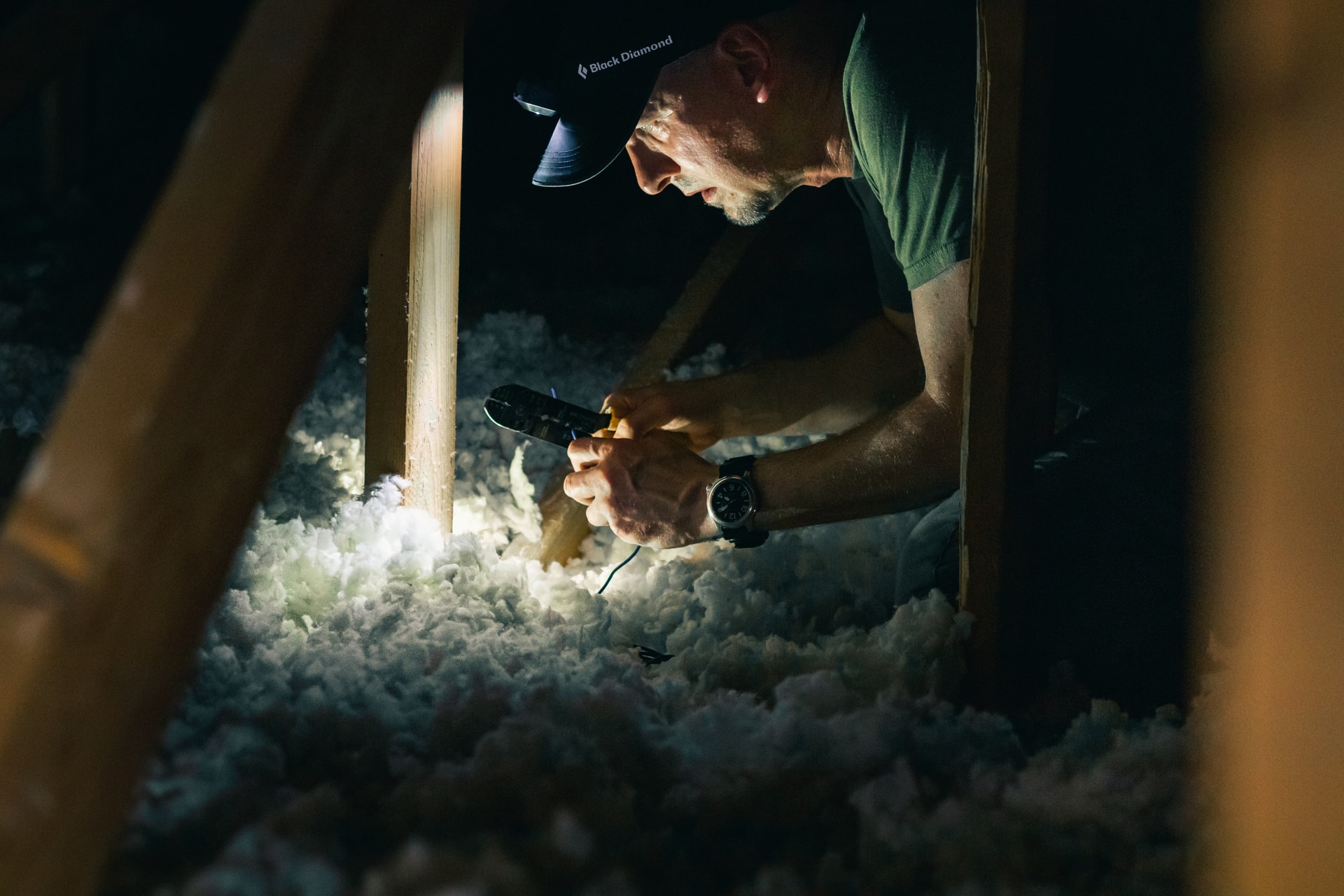Insulation (Attic, Cavity, & Internal)
– Loft insulation is located between the joists on the loft floor of your property (Roof Insulation is located between the tiles and the rafters)
– The materials we use is Knauf earth wool
– The recommended depth for loft insulation is 300
– Loft Insulation can help lower your heating bills, lower wear and tear on your boiler and reduce global warming and climate change
– There are a grants availble from SEAI to home owners which can substantially reduce the cost of installing these products. See our Grants section

FAQs about Insulation
Yes, a raised platform will have to be created to maintain to 300mm depth of insulation.
Apart from any cables feeding a shower unit they will not. A cable, which feeds a shower unit, is usually a 30amp. The installers will identify this and make sure this cable is not covered by the insulation by either laying the cable on top if there is enough flex or leaving a gap in the insulation around the cable to ensure it does not overheat.
It is not always possible to do these areas. The reason being is that the timbers within these areas need to breathe and if loft insulation is fitted in these areas it can block the airflow off altogether. Access to these areas is usually minimal if at all existent. However every property has to be treated on an individual basis and the surveyor will make an assessment when visiting the property and advise accordingly.
It is very common that roof spaces are not big enough for anyone to stand up in. This is not usually a problem as the installers are usually working in a kneeling position on walkboards. Many companies within the industry work to a 1.4m height minimum for installers to gain access. It is very rare that a roof space is less than this.
Any existing insulation can be left in the loft and an additional layer added to it to bring it up to the required minimum thickness. It does not matter how long the existing insulation has been in the loft it still retains its insulant value.




